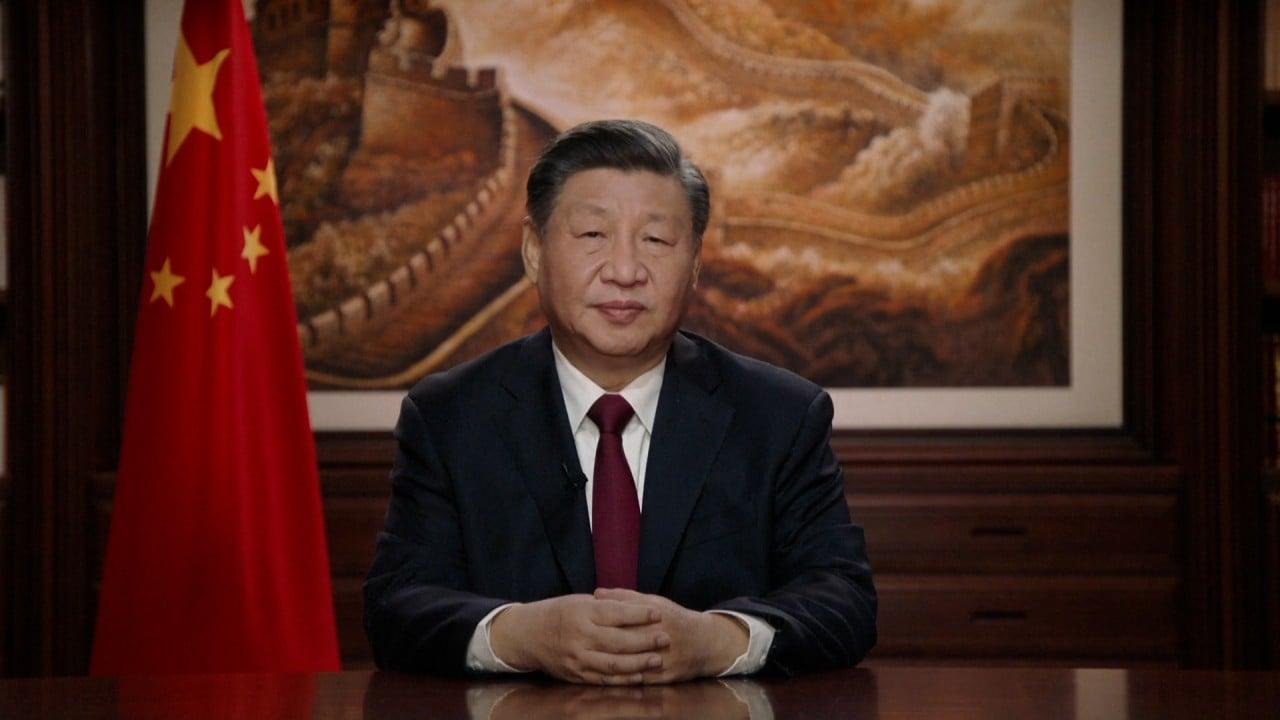
To justify China’s dynamic zero approach after the highly contagious Omicron became the main variant, state media vigorously promoted the dangers of the virus and denounced the alternative approach of “living with the virus” as “lying flat”. The Chinese people were deprived of a chance to prepare for the reopening. In Hong Kong, where independent expert views were still heard, the city has avoided the unintended consequences of pursuing zero-Covid through universal testing.
Dr Li Wenliang was one of the first to raise concerns about the coronavirus outbreak in Wuhan, before contracting the infection and succumbing to the virus in February 2020. Photo: EPA-EFE
The second lesson is the unnecessary “politicisation” of scientific issues. It was very painful to see the country disregard pragmatism and highlight ideology in its pursuit of zero-Covid after it was promoted as the right thing to do politically. As a result, reason and common sense were thrown out for political consideration. Spraying disinfectants into the air and using cotton buds to test fish for coronavirus, for instance, are just two such examples.
China has preferred to use domestically made coronavirus vaccines compared to mRNA vaccines made by Western firms. Photo: EPA-EFE
Meanwhile, nationalism became an ideology. When China achieved initial success in containing the coronavirus in late 2020 and early 2021, China was quick to “elevate” it as evidence of its governance superiority, which later proved premature. Again, with vaccines. Even though scientific research has shown mRNA vaccines developed overseas to be superior, China has declined to import them for domestic use.
Policy debate was also banned. One person in Jiangxi was detained for 14 days for voicing his thoughts on social media “to live with the virus” in August 2021, around the same time when Singapore adopted the approach. However, China has allowed “politically correct” selective information to spread, such as mass deaths in other countries or deficiencies of Western vaccines.
Another lesson is about the chasm between the state and the people. China’s powerful state apparatus, armed with modern technologies, was mobilised to control the coronavirus, and people were asked to surrender some of their basic rights for the greater good. Hundreds of millions of Chinese people were put under lockdown for varying periods of time, while tens of millions were dragged into makeshift hospitals, described by some as Covid gulags for their poor conditions. In extreme cases, da bai or “big whites” in hazmat suits broke into people’s homes to carry out disinfection.
Thankfully, the silliness is drawing to an end, and pragmatism is back. As China resumes normal economic and social activities, it is worth taking stock of what China has got right and wrong over the last three years, so that the price that has been paid does not go in vain.

